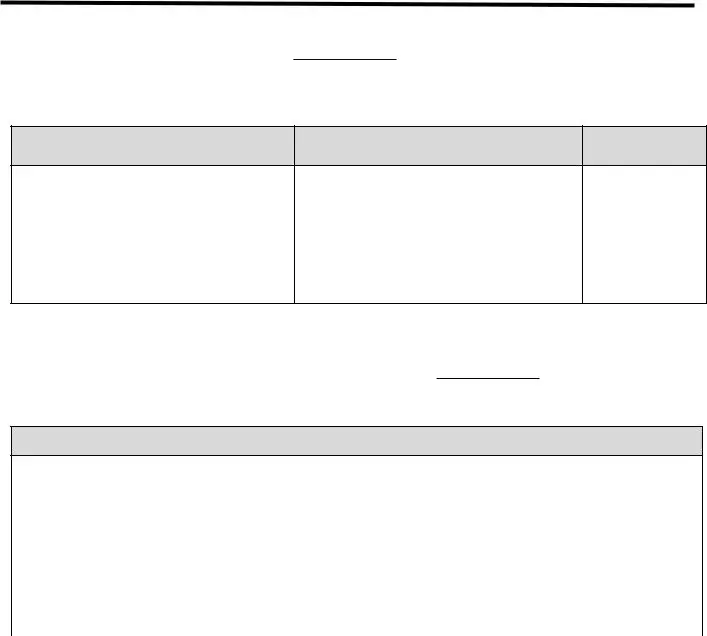What is an Advance Beneficiary Notice of Non-coverage (ABN)?
An Advance Beneficiary Notice of Non-coverage (ABN) is a form that healthcare providers give to Medicare beneficiaries when the provider believes Medicare might not pay for a specific service, procedure, or item. The form explains why the provider thinks Medicare may deny payment and allows the beneficiary to decide whether to proceed with the service and agree to pay out-of-pocket if Medicare doesn't cover the cost.
When should I expect to receive an ABN?
You should expect to receive an ABN before receiving services that are potentially not covered by Medicare. This typically includes services that Medicare considers not medically necessary, or not within Medicare's coverage policies. Receiving an ABN gives you the forewarning and the opportunity to make an informed decision about your care and finances.
Is receiving an ABN an indication that Medicare will definitely not cover the service?
No, receiving an ABN is not a definitive indication that Medicare won't cover the service. It simply means there's a possibility that Medicare may deny payment based on their rules and guidelines for coverage. After receiving the service, if Medicare decides the service was not covered, you'll be responsible for the payment since you were forewarned and agreed to proceed.
What should I do if I receive an ABN?
If you receive an ABN, carefully review the reasons provided for why Medicare may not cover the service. Discuss any questions or concerns with your healthcare provider. If you decide to receive the service, knowing that you may have to pay out-of-pocket, you'll need to sign the ABN, indicating your agreement and understanding. Keep a copy for your records. If you choose not to receive the service based on the ABN, you don't need to do anything further.
Can I appeal Medicare's decision if they deny coverage after I've received an ABN?
Yes, if you proceed with the service after signing an ABN and then Medicare denies payment, you have the right to appeal the decision. The ABN form itself does not affect your rights to appeal Medicare's decisions. It's important to follow the correct procedure for filing an appeal, starting with reviewing the Medicare Summary Notice (MSN) that explains why your claim was denied.
Does receiving an ABN mean I'll have to pay for everything out-of-pocket?
Not necessarily. If Medicare ultimately covers the service, then Medicare will pay their share, and you or your supplementary insurance will be responsible for any coinsurance or deductible, as usual. However, if Medicare does not cover the service, you'll be responsible for the full cost. Signing the ABN means you understand this risk.
Are there any services for which I should not receive an ABN?
Yes, there are services for which an ABN should not be issued, including emergency or urgently needed services. Additionally, ABNs are not used for services that are never covered by Medicare, such as cosmetic surgery. The purpose of an ABN is to notify beneficiaries about services that may be covered by Medicare under certain conditions but might not be covered in their specific situation.

